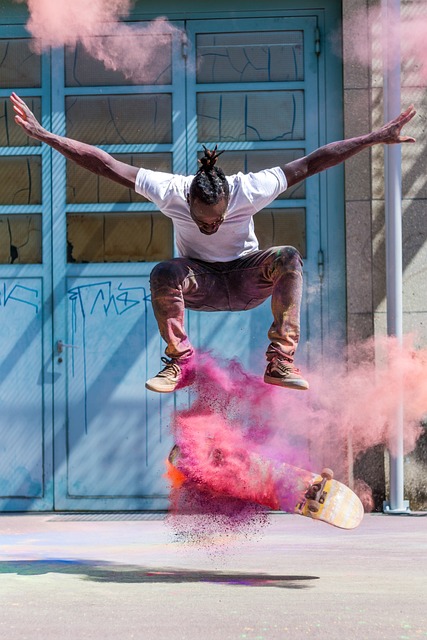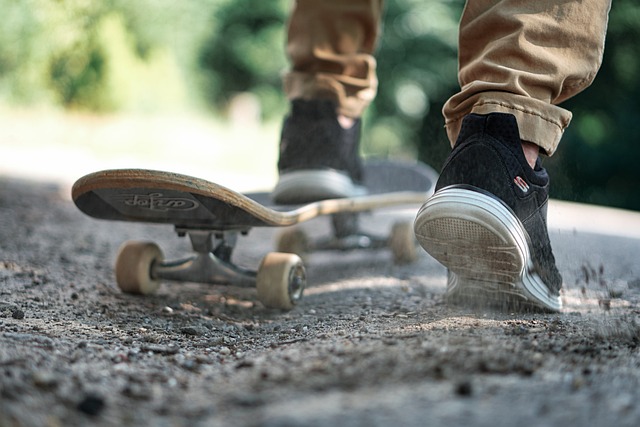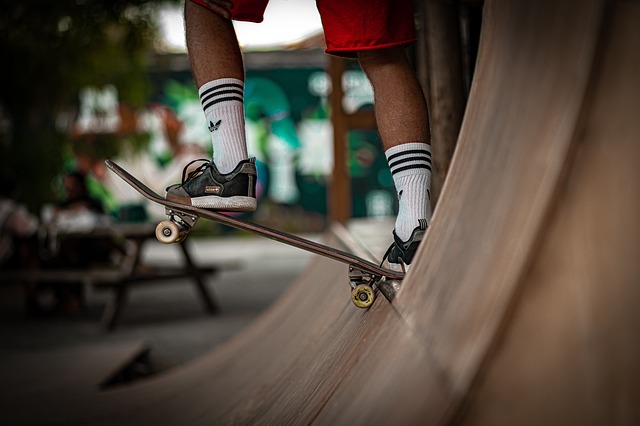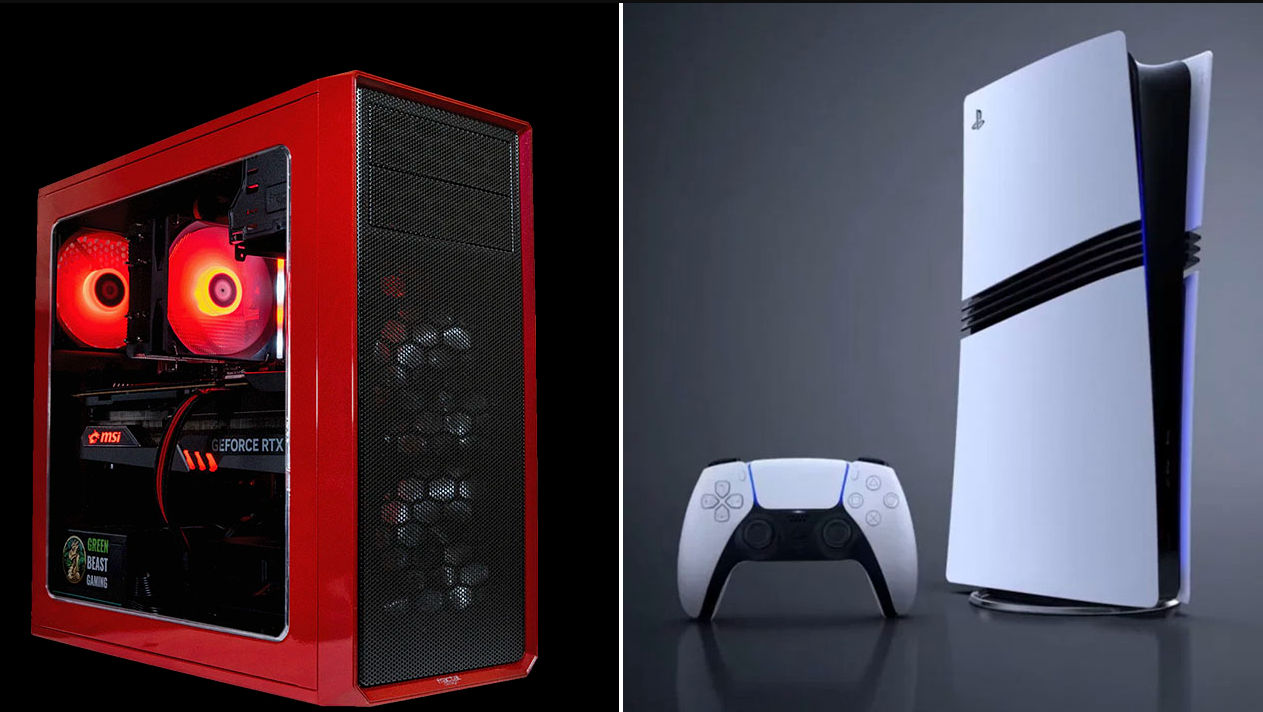
Choosing a skateboard is more than just buying a piece of sports equipment, it’s an investment in your hobby, lifestyle and perhaps even your mode of transport. Choosing the right one will not only ensure that you enjoy skating, but also that you are safe. In this article, we’ll take a closer look at how to choose a skateboard, paying attention to everything from board size to bearing type.
Determination of riding goals
Before jumping into choosing a skateboard, it’s important to clearly define what you need it for. Skating in the park, doing tricks on the street, or just getting around town? Your choice will depend on your skateboarding style preferences:
- Street: If you prefer to skate on city streets and perform tricks on stairs, curbs and rails, a shorter and narrower skateboard for better control and manoeuvrability is the way to go.
- Vert: Skatepark and ramp enthusiasts choose wider boards for stability and confidence to perform difficult tricks at high speeds.
- Cruising: Long skateboards with wide wheels for smooth gliding and easy handling are perfect for getting around town in comfort.
Choosing a skateboard size

Skateboard size plays a key role in the comfort of your skateboard. Skateboard sizes are measured by the width of the deck and can vary depending on your height, weight and shoe size:
- For children under 10 years old, boards 6.5″ to 7.25″ wide are recommended.
- Teenagers and adults with smaller foot sizes (up to 38-39) will be fine with 7.25″ – 7.5″ wide boards.
- Adults with foot size 39 and up should look at boards that are 7.5″ wide or wider.
Materials and construction
Most modern skateboards are made of maple veneer, carbon or bamboo glued together under high pressure. The quality of the board depends on the number of layers (usually 7 to 9) and the type of glue used.
Maple veneer: the standard of quality
Most skateboards are made from quality maple veneer, which is renowned for its strength and flexibility. Maple is the ideal material for skateboards because of its natural resistance to impact and its ability to withstand many tricks and falls without serious damage. The manufacturing process involves gluing several layers of veneer together under high pressure, which gives the skateboard the necessary rigidity while maintaining flexibility.
Innovative materials: carbon and bamboo
Some manufacturers are experimenting with adding carbon fibres or layers of bamboo to the construction of the board. These materials make the skateboard even more durable and resistant to deformation.
- Carbon: The use of carbon fibres in the construction of the skateboard greatly increases its strength and durability. Carbon is lightweight yet extremely stiff, allowing the board to retain its shape better and provide extra support when performing tricks. Carbon fibre skateboards are often chosen by professional skaters who want maximum control and durability.
- Bamboo: Bamboo skateboards are becoming increasingly popular due to their eco-friendly nature and unique characteristics. Bamboo is a renewable resource that grows much faster than maple, making bamboo boards a more sustainable choice. Plus, bamboo has excellent flexibility and elasticity, which adds a special “liveliness” to skateboards when skating. However, it’s worth noting that bamboo may not be as stiff as maple, which can affect the performance of some tricks.
Selection of adhesive: an essential element of construction
The type of adhesive used also plays a significant role in the quality and durability of the skateboard. Epoxy resins are often used to glue veneer layers together, as they provide a strong and durable bond. A quality adhesive helps prevent delamination of the board and increases its lifespan.
Pendants
Suspensions (or tracks) play a critical role in the dynamics and control of your skateboard. These components serve as the base for the wheels and determine how well the skateboard will respond to your movements and manoeuvres. Let’s take a closer look at what to look for when selecting the suspensions for your skateboard.
Width of pendants
Matching the width of the suspensions to the width of the board is critical for stability and control. If the suspensions are too narrow or too wide in relation to the board, this can have a significant impact on the handling of the skateboard and your safety. Ideally, the edges of the hangers should be flush with the edges of the board for optimal balance and response to the skater’s movements.
Materials of manufacture
- Cast iron suspensions are highly durable and can withstand significant loads, making them the ideal choice for aggressive skating and trick riding. Their main disadvantage is their weight, which can be critical for skaters looking for a lightweight set-up.
- Aluminium suspensions are the golden mean between strength and weight. They are light enough to make the skateboard more controllable and easier to perform tricks. Aluminium suspensions provide a good balance between durability and ease of riding.
- Magnesium suspensions are the lightest suspension option on the market. They provide excellent handling and allow the skater to perform tricks with ease. However, magnesium suspensions can be less durable than their cast iron and aluminium counterparts and are usually more expensive.
Height of hangers
Suspension height also affects your riding style. Low suspensions provide more stability for flat tricks, but can limit the ability to ride over bumps and require smaller wheels to avoid wheel bite (when the wheel makes contact with the board when turning). Taller suspensions allow the use of larger wheels, which is ideal for cruising and vert skating, but can reduce stability for land tricks.
Wheels

Wheel choice affects the speed, the softness of the ride and the skateboard’s ability to negotiate bumps:
- For street riding, wheels with a diameter of 50-54 mm are recommended for good handling and easy to perform tricks.
- Vert riders will find 55-58mm wheels suitable for achieving high speeds and stability on ramps.
- For cruising, go for larger wheels (59mm or more) and high softness (78A-87A) for a smooth ride on a variety of surfaces.
Bearings
Bearings are another important component affecting the speed and smoothness of the skate. They are rated on an ABEC scale, where a higher number indicates a higher precision of manufacture. For skateboarding, bearings with an ABEC-5 rating or higher are suitable, providing a good combination of speed and durability.
Graphics and design
The choice of skateboard design is a personal matter for each rider. It is important that you like the board visually, because it is part of your style and self-expression. Many brands collaborate with artists and designers to offer unique, limited edition collections.
Buying tips

- Buy from specialised shops where staff can offer professional advice.
- Try on and test the skateboard if you can. This will help you understand how comfortable the board is for you.
- Don’t skimp on quality. A quality skateboard will last longer and keep you safe while you skate.
Choosing a skateboard is a process that requires careful attention to detail. Taking into account your skating style, preferences in size and materials, and design features will help you find the perfect skateboard that will keep you happy for years to come. Remember that choosing the right equipment not only increases your enjoyment of skating, but also ensures your safety. Don’t be afraid to experiment and try new things, because skateboarding is not only a sport, but also a way of self-expression.
Shop for a new skateboard and get maximum benefits and cashback with reBITme. We wish you a successful purchase!





